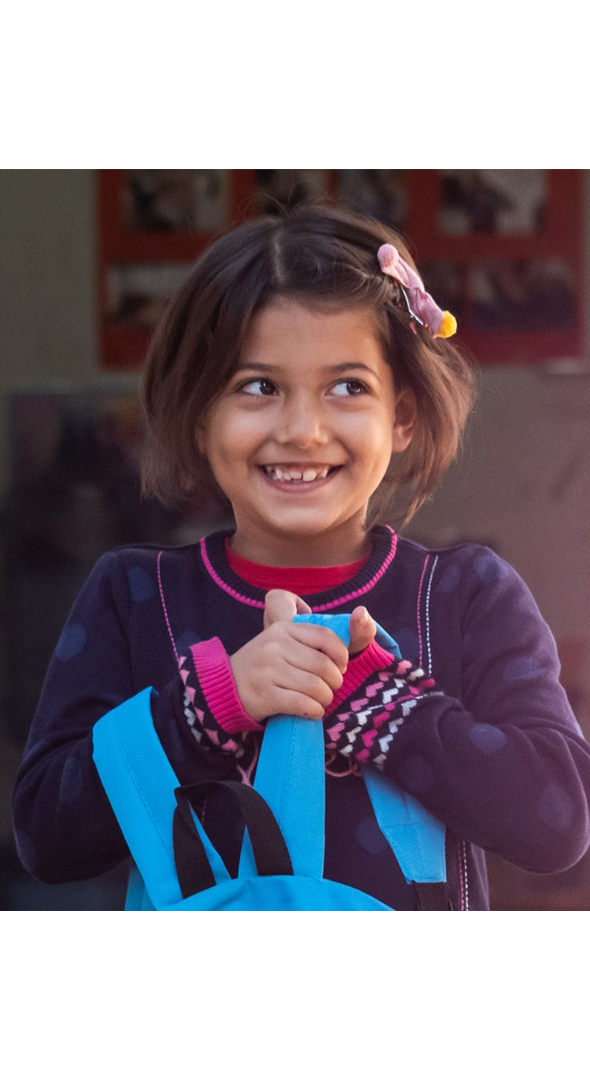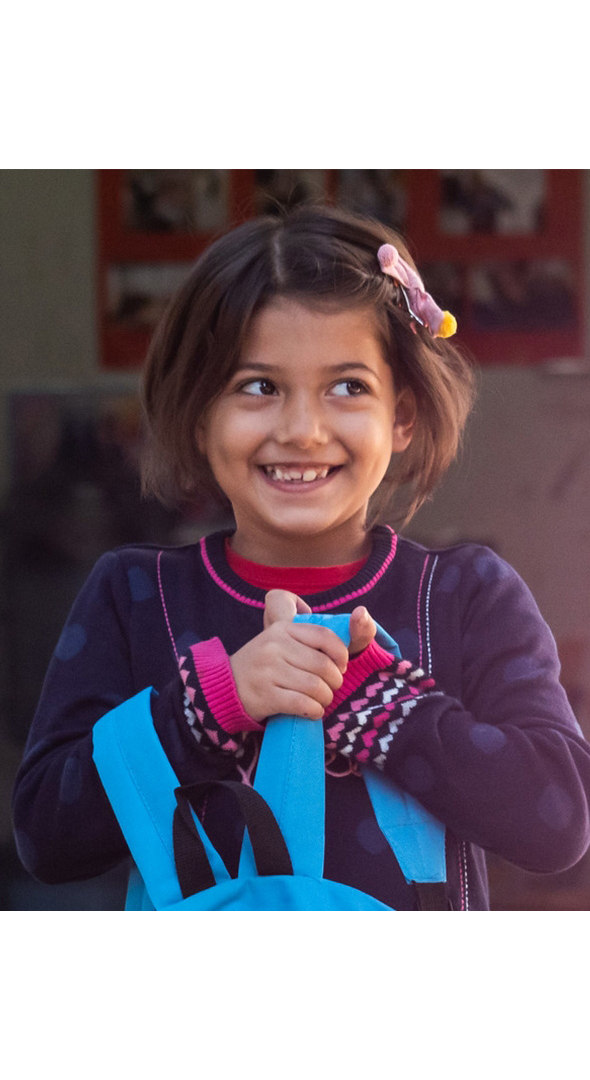Third UN World Conference on Disaster Risk Reduction: UNICEF Statement
2015-03-18
Third UN World Conference on Disaster Risk Reduction: UNICEF Statement
 © UNICEF/NYHQ2011-0427/Dean |
SENDAI, Japan/ HONG KONG, 18 March, 2015 – UNICEF expresses solidarity and sympathy with the governments and people of Vanuatu and Tuvalu as they address the aftermath of Cyclone Pam. UNICEF has been doing what we can to help people cope, and we will continue to do so. Disaster Risk Reduction is a priority for UNICEF and we appreciate the efforts undertaken to develop the post-2015 framework on disaster risk reduction. The focus on disaster risk reduction is an important contribution to the post-2015 sustainable development agenda. |
| By the end of the 1990s, climate-change related disasters affected approximately 66 million children per year. In the coming decades, this number is projected to reach 200 million. Children are affected by disasters in myriad ways – death or injury, and the threat of disease caused by disrupted access to basic services such as health, nutrition, safe water and sanitation. By missing out on education, they are robbed of the opportunity to grow and nurture their minds during critical developmental years. |
 © UNICEF/NYHQ2011-1238/Modola |
 © UNICEF/PFPG2015-1488/Moreno |
There is no doubt that children are among the most vulnerable to hazards. What is less recognized is that they have an important role to play in reducing risk. Girls and boys, have proven capable of mapping the hazards they face, identifying those people most at risk and advocating for change. They can play an even more significant role where they are part of national and community plans and processes. This was the case in Japan in 2011 and the benefits are clear. |
|
• Sound disaster risk assessments, based on data that is inclusive and is disaggregated by age, gender and disability.
• Primary health care systems that are informed by an analysis of risk including the risk of epidemics and pandemics, are decentralized and community-based so they not only reduce vulnerability related to health and nutrition, but are resilient and more sustainable themselves.
• Water, sanitation and hygiene services that consider all risks, including those additional risks posed by climate change, and build the adaptive capacity of communities themselves to deal with shocks and stress.
• A recognition of the special role that schools and education play in reducing disaster risk. This includes support to scale up structural safety of schools, emergency preparedness, and knowledge and education, as three pillars of comprehensive school safety. |
![On 25 Feuary, (left-right) students Elyse Christian Mianvontsoa and Tiavina Rasoaremalala, both 12, wash their hands at a UNICEF-provided covered bucket with a faucet after using the latrine, at Lohanosy Primary School in Lohanosy Village in Analamanga Region. Many families, including theirs, are struggling to both provide food and pay their childrens school fees. I know that my parents have difficulties making money, and its a big challenge for me, so I try harder at school. I want to be a doctor when I grow up, Elyse Christian said. I like studying science and history at school. My dream is to finish school and become a teacher, Tiavina said. For me, its very difficult to follow [along] at school because we dont eat enough at home, and I often have a stomach ache. If my parents dont work, we dont have enough food. Tiavina is one of nine children in her family. Her parents grow rice for food, and her mother also makes and sells rope, to buy for food and clothing and to pay school fees. UNICEF supported construction of classrooms, the water and sanitation facilities and a sports field, as well as promotes good hygiene practices at the model primary school, which is built on land donated by the community, and with support from the Ministry of Education and the private sector. In Feuary 2015 in Madagascar, children and families continue to face considerable challenges and constraints as the island nation slowly emerges from a protracted and debilitating political crisis and the ensuing economic decline. The country remains one of the worlds poorest: 91 per cent of the population live on less than US $2.00 a day, and many of the poorest are children who have been hardest hit in the crisis and live in extreme poverty. The crisis also resulted in a decrease in public investment in the social sectors, weakening further the delivery of basic social services, as well as access to, and use of, these vital services. The health](/wp-content/uploads/2015/12/UNI180139-200x300.jpg) © UNICEF/NYHQ2015-0304/Matas |
UNICEF is committed to strengthening the resilience of all girls and boys to all shocks. It is also committed to strengthening the systems they require to flourish. Among other things, this will require better integration of humanitarian and development work, focused on the underlying drivers of risk. UNICEF will also continue to support the development of capacities for preparedness and effective response which lies at the heart of disaster risk reduction.
In supporting partners to operationalize the new DRR framework UNICEF will promote, as appropriate, a multi-hazard approach linking measures to address disasters, climate change, conflict and epidemics.
Last but certainly not least, as disaster risk is an intergenerational issue, UNICEF will continue to work with its partners to promote the participation and rights of all children, and women, in DRR and their vital role in strengthening resilience.









